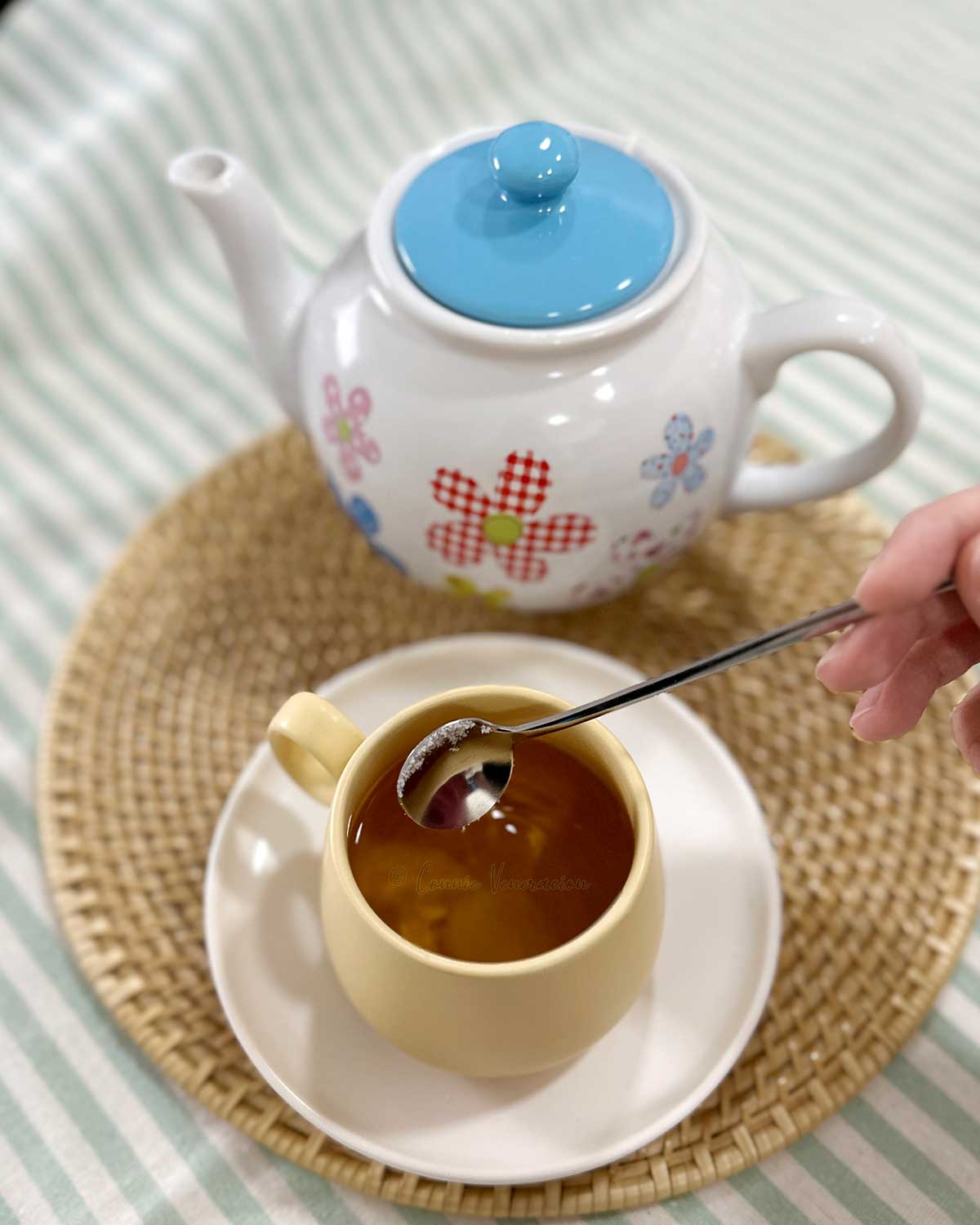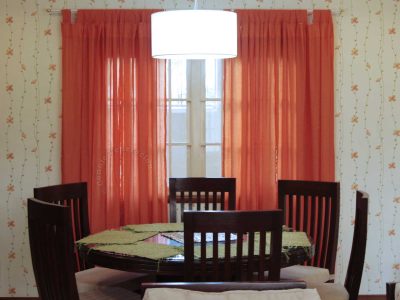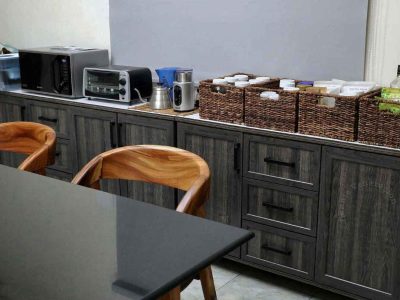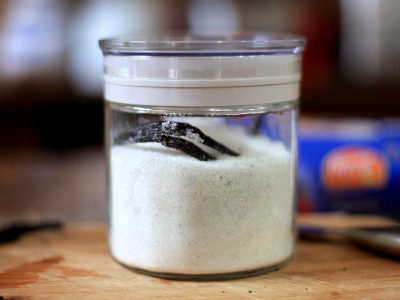We’re tea drinkers. Well, I’m more of a coffee drinker but there are meals that are just better with tea. Not after-meal-tea but during-meal-tea. For example, it’s difficult to appreciate mooncake or Chinese steamed pork buns with coffee. Tea is their perfect accompaniment.
As you may have guessed, we keep several teas at any given time. We’re rarely out of jasmine tea and green tea. Most of the time, we also have Earl Gray and various dried flowers for making tisane. For the difference between real tea and pretend tea, see the linked post below.
Whether you’re making a drink with real tea leaves or dried flowers and herbs, you need a vessel in which to brew your drink. A teapot is traditional.
How to use a teapot with strainer
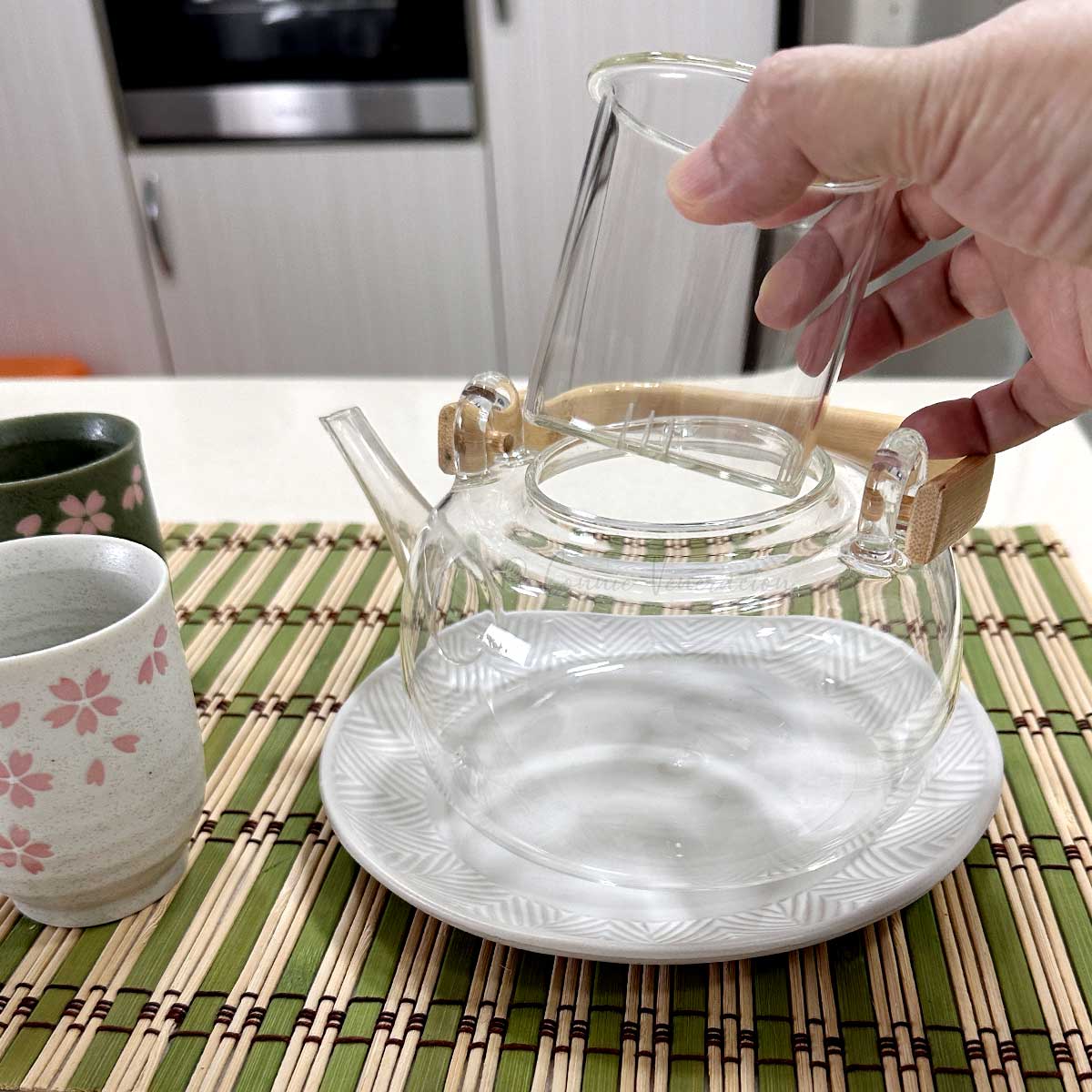
In Asia where loose tea leaves are preferred, a teapot that comes with a strainer insert is ideal for making the drink. The strainer can be glass, ceramic or wire mesh.
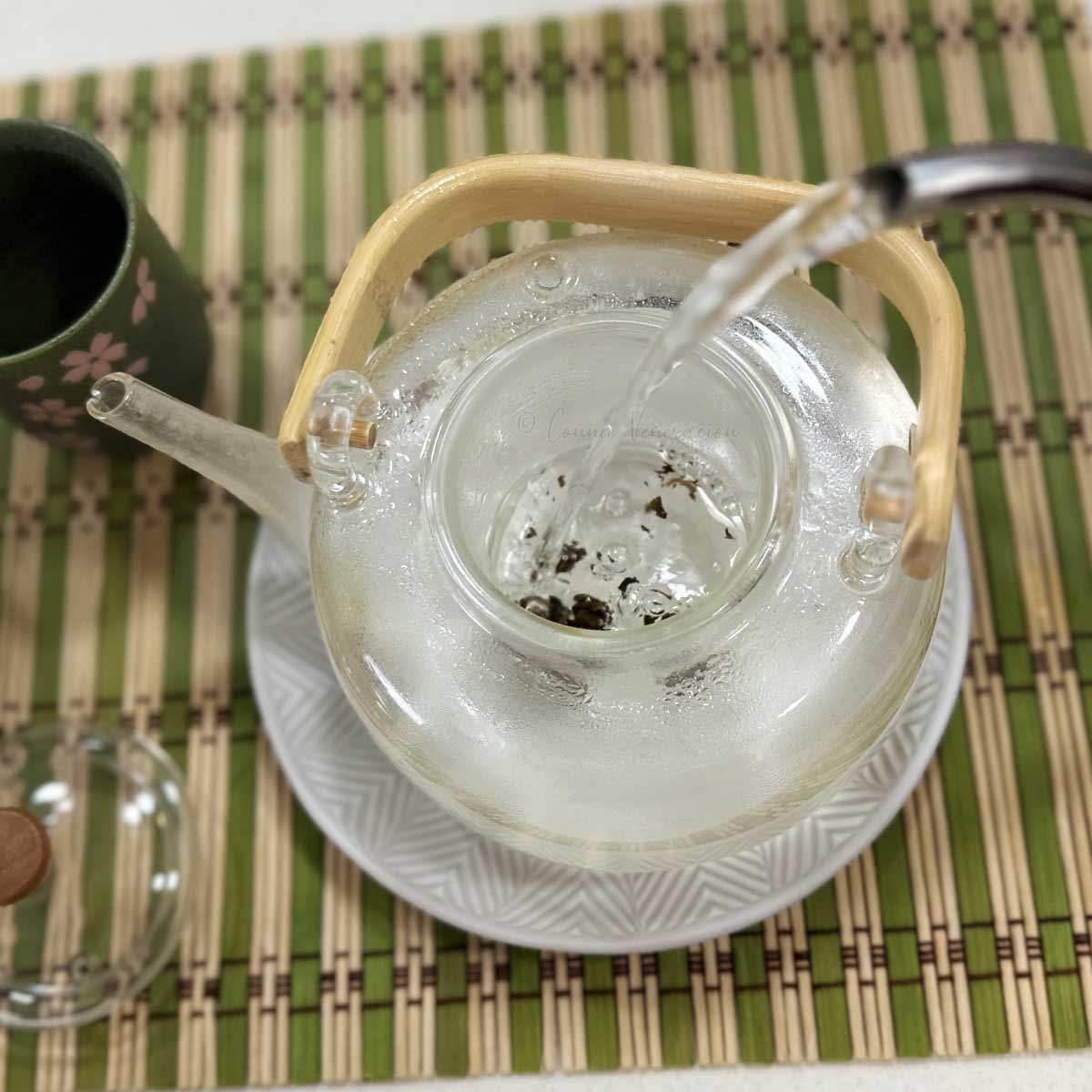
Put the strainer in the pot, drop your tea into the strainer and pour in hot water. Not boiling water but hot water. If you boiled water for tea, allow it to cool for about 40 seconds before using.

If you want to be really traditional, steep for two minutes, pour out the water then pour in hot water again. This process is supposed to take away much of the bitterness of the tea. Steep again and pour.
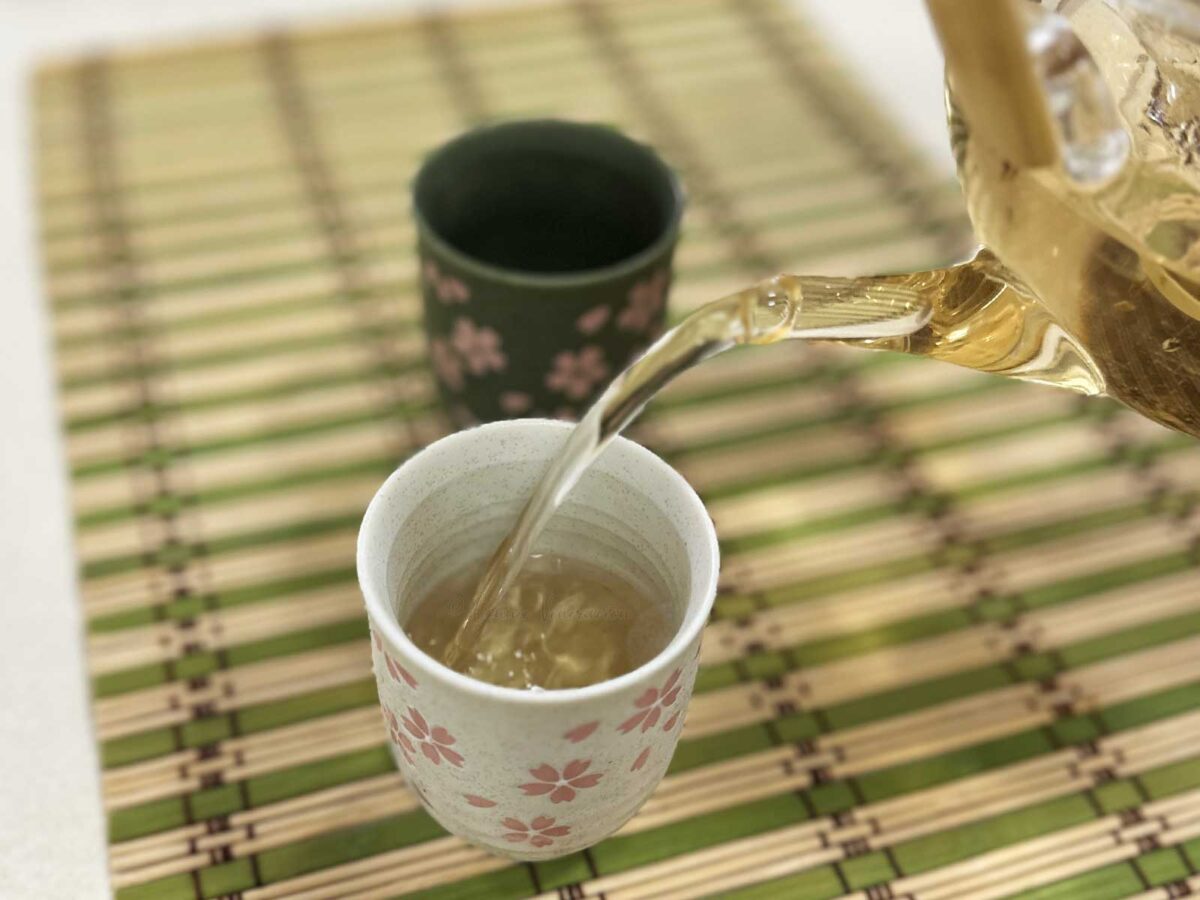
The pot can be refilled with water three to four times. After that, you will need to throw out the now-flavorless tea leaves, drop in a new batch and repeat the process.
When making a herbal brew (tisane) with dried flowers, leaves, barks or fruit peel, a teapot with a strainer is also ideal.
How to use a teapot with no strainer
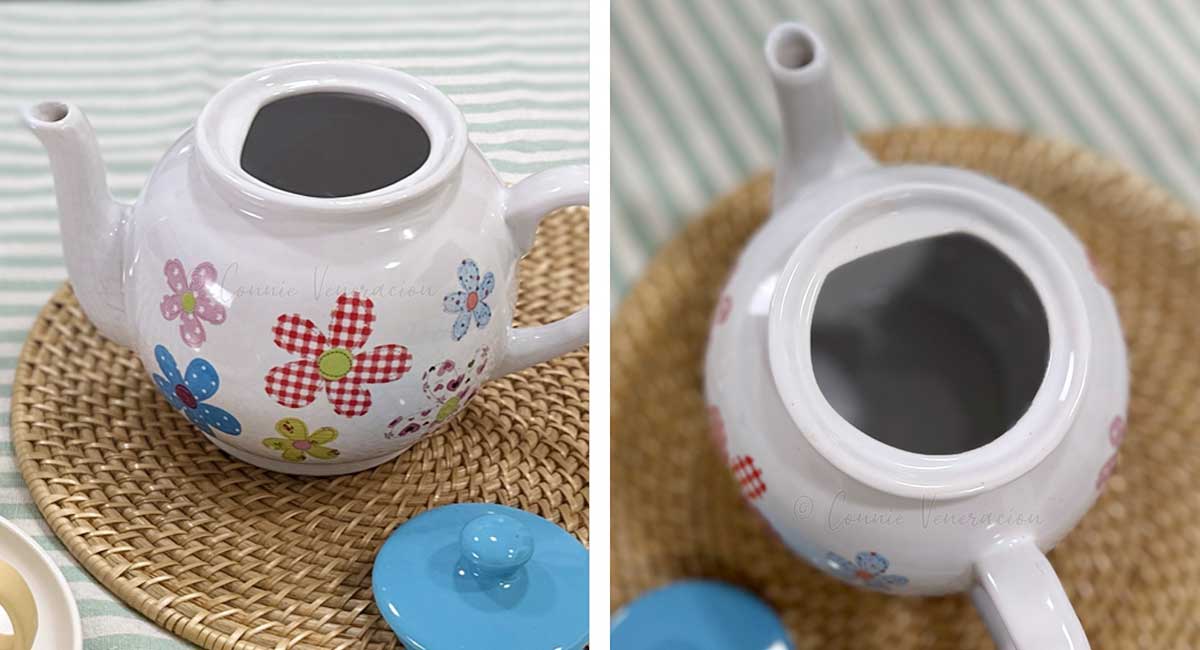
Teapots without a strainer is common in Western Europe. Not because they don’t mind eating tea leaves that fall into the cup but because loose tea leaves are less commonly consumed.
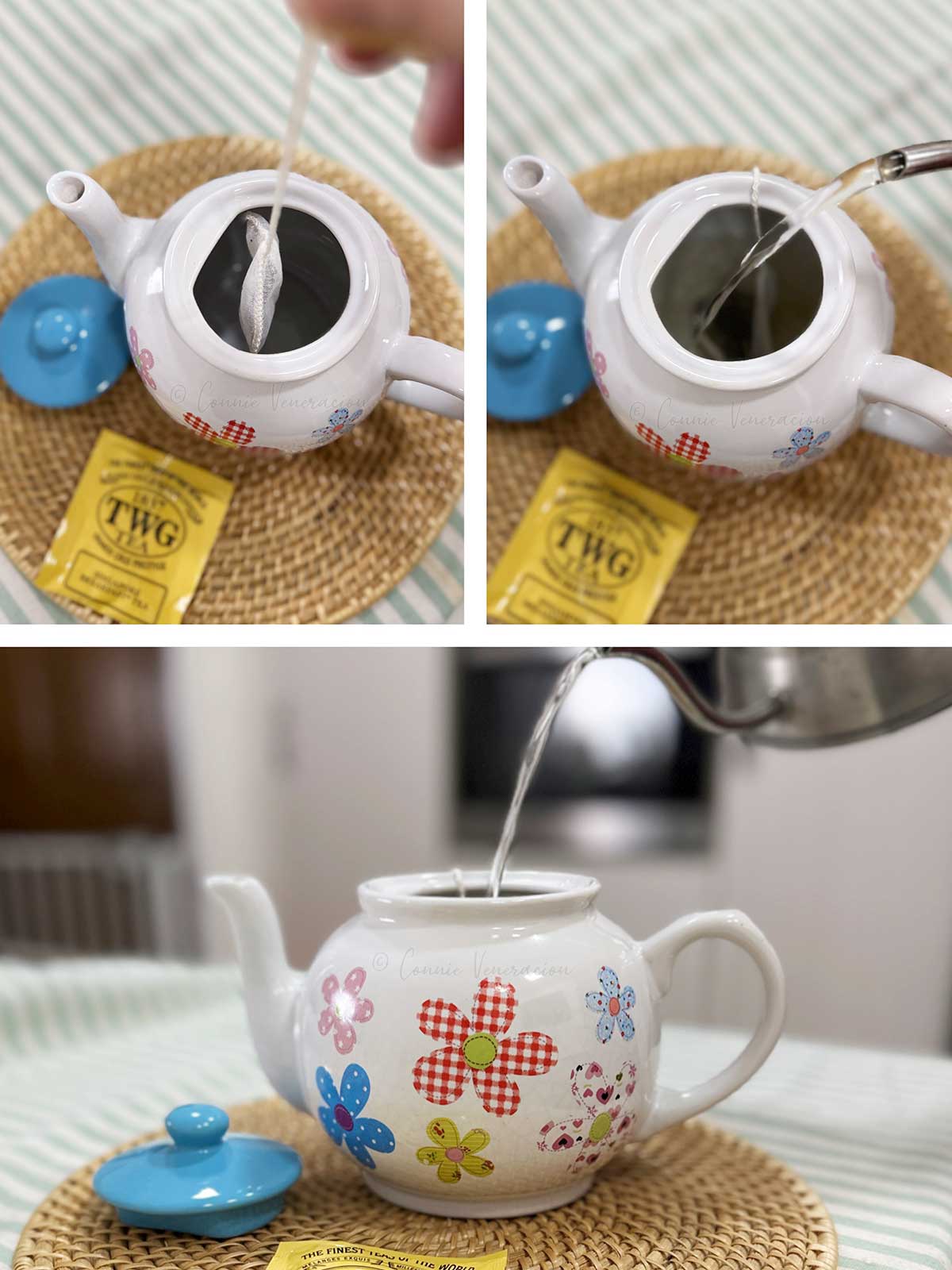
Some people do prefer tea in bags, and a strainer in the teapot is unnecessary. Just drop a teabag into the pot, leave to steep and pour into cups.
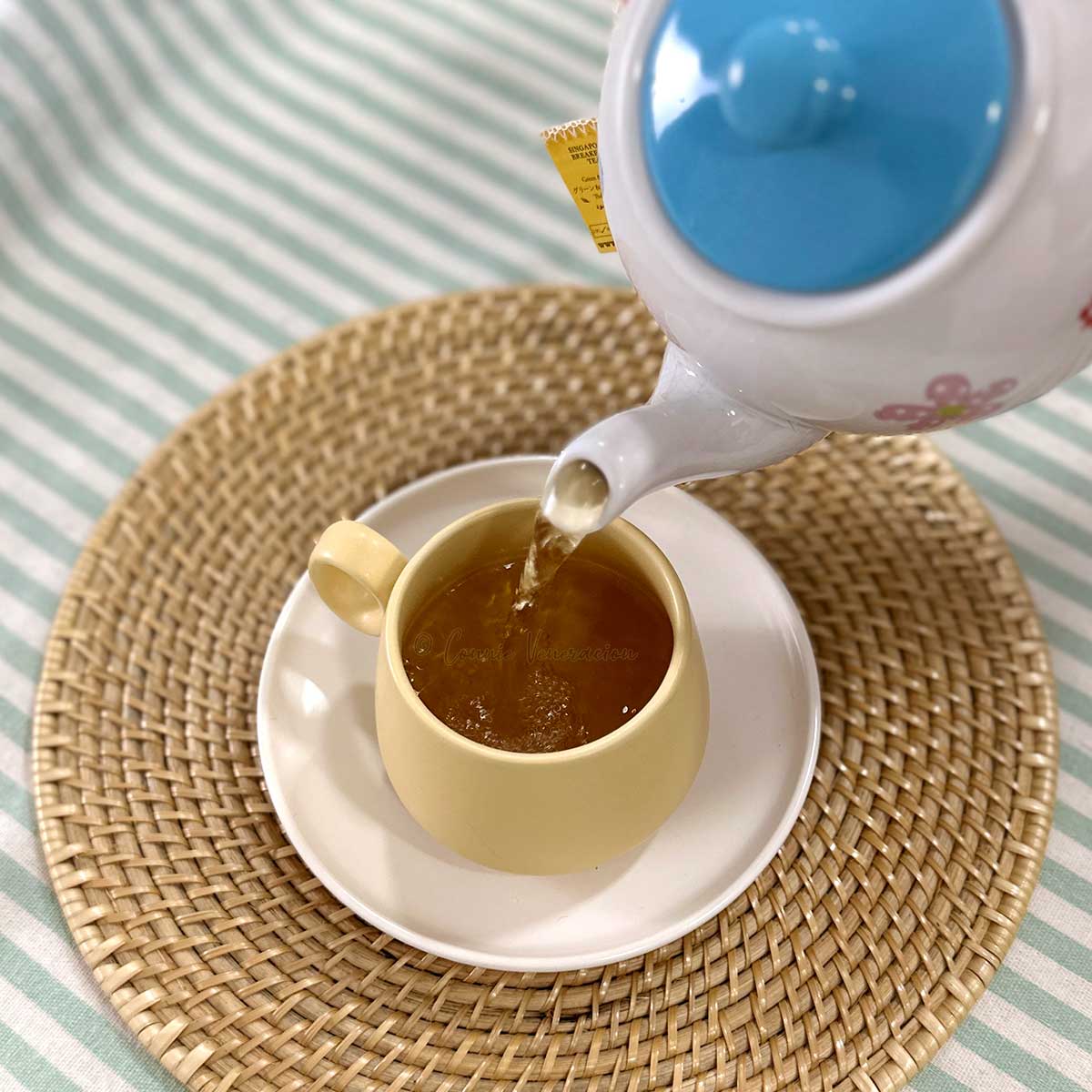
A tea bag in a teapot? Shouldn’t the tea bag go directly into the teacup? No. Oh, no. Although I have to admit that it has become such common practice.
The truth is, steeping a tea bag with very little water (such as the amount of water in a single teacup) will yield an extremely strong drink. I know a lot of people who leave the tea bag in their cup for a short time only then refrigerate the tea bag to make another cup or two the next day. Some say it works, I find that tea made by reusing a tea bag tastes awful.

With a few exceptions, we add neither sugar nor milk into our hot tea. But if you do, I suggest that you make a strong brew. Adding sugar or milk, or both, to a weak brew will drown out the flavor of tea.

